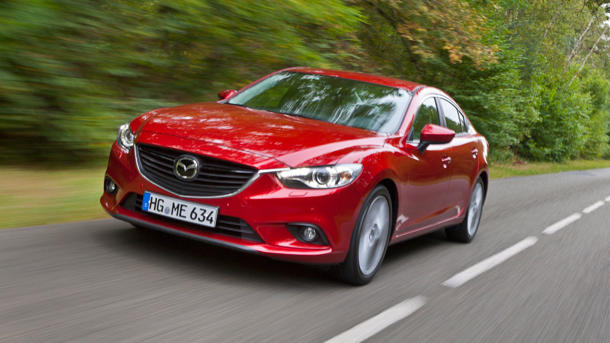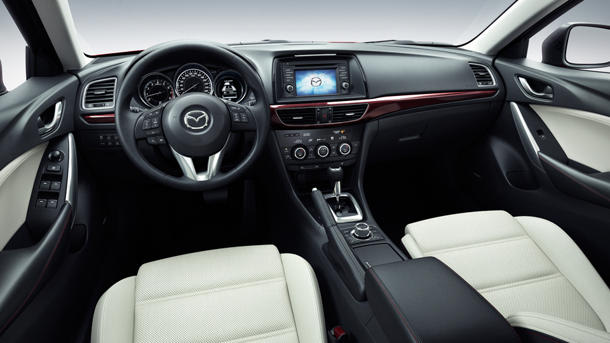Since the age of modern man began, the world has seen a progression of innovation and invention. From primitive developments such as the wheel and paper to today's high-tech gadgets, there's certainly no shortage of impressive developments that have changed the way we live and work. In modern times, some of these inventions have become indispensable to our daily routines. Here is a list of some such greatest inventions of all time that has changed the life of modern man.
Originally developed as a navigation system by the United States military in 1978, the Global Positioning System (GPS) uses a network of satellites around the Earth to pinpoint the exact position of a receiver anywhere on the planet. Thanks to the GPS and its integration in just about everything tech-related, most of you will never get lost again.
Mobile Phones:
It is undeniable that the technology behind the mobile phone is one of the greatest inventions and that advances in technology keep making the cell phone more and more a must have device. Cellular phones first became widely available in the United States in the 1990s, but their use has increased dramatically since then and it has changed the world of communication.
GPS Technology:
Originally developed as a navigation system by the United States military in 1978, the Global Positioning System (GPS) uses a network of satellites around the Earth to pinpoint the exact position of a receiver anywhere on the planet. Thanks to the GPS and its integration in just about everything tech-related, most of you will never get lost again.








